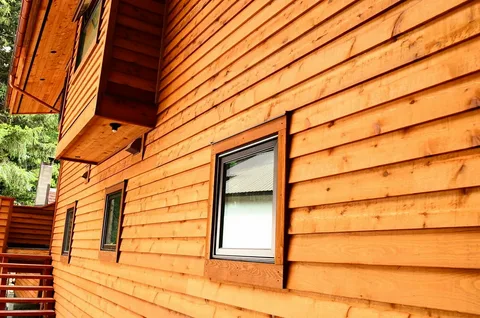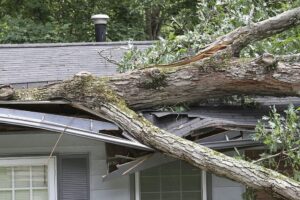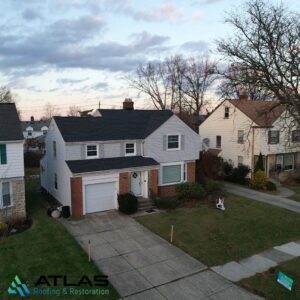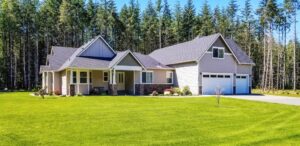When it comes to home construction or renovation, one crucial yet often overlooked aspect is the material placed behind siding. This layer, commonly referred to as sheathing, plays an essential role in providing structural support, insulating the building, and protecting it from environmental elements. Understanding the types of wood typically used for sheathing can help homeowners make informed decisions about their projects.
The Role of Sheathing Behind Siding
Sheathing serves multiple purposes in a building’s construction:
- Structural Support: It reinforces the frame of the building, ensuring stability and resistance to external forces such as wind or seismic activity.
- Insulation: Certain types of sheathing contribute to the home’s thermal efficiency by adding an additional layer of insulation.
- Weather Barrier: It acts as a protective layer, shielding the interior from moisture and air infiltration.
- Siding Base: Sheathing provides a solid and uniform surface for attaching the exterior siding, ensuring durability and alignment.
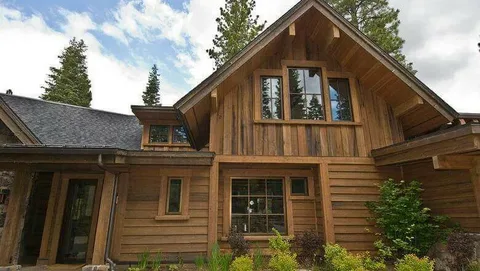
Common Types of Wood Used for Sheathing
Several types of wood are commonly used as sheathing materials behind siding. Each type has distinct properties that make it suitable for different applications.
1. Oriented Strand Board (OSB)
Oriented Strand Board (OSB) is one of the most widely used materials for sheathing. Made from wood strands compressed and bonded with adhesives, OSB is durable and cost-effective.
- Advantages:
- Affordable and readily available.
- Offers excellent structural support.
- Lightweight and easy to handle.
- Considerations:
- OSB is prone to moisture absorption, which can lead to swelling if not properly sealed or protected.
- It is best used in regions with low humidity or where additional moisture barriers are applied.
2. Plywood
Plywood is another popular choice for wood sheathing. Constructed by layering thin sheets of wood veneer, plywood is strong, durable, and resistant to warping.
- Advantages:
- Superior moisture resistance compared to OSB.
- Provides excellent structural stability.
- Available in various grades to suit different applications.
- Considerations:
- Plywood is generally more expensive than OSB.
- Proper installation is necessary to prevent delamination over time.
3. Diagonal Tongue-and-Groove Boards
Before the advent of sheet materials like OSB and plywood, builders commonly used tongue-and-groove wood boards installed diagonally. This method provides exceptional structural support by tying the entire frame together.
- Advantages:
- Extremely strong and durable.
- Ideal for historic restoration projects or areas with high structural demands.
- Considerations:
- More labor-intensive and time-consuming to install.
- Higher cost compared to sheet materials.
4. Fiberboard Sheathing
Although not entirely wood, fiberboard sheathing contains wood fibers compressed with resins. It is often used for its insulating properties.
- Advantages:
- Provides a higher R-value (insulation rating) compared to OSB or plywood.
- Eco-friendly, as it utilizes recycled wood materials.
- Considerations:
- Less durable than OSB or plywood.
- Requires careful handling to avoid moisture damage.
Factors to Consider When Choosing Sheathing
The type of wood used behind siding should align with the specific needs of the project. Key factors to consider include:
1. Climate
In regions with high humidity or frequent rainfall, moisture-resistant materials like plywood are preferable. Additional measures, such as weather barriers or house wraps, may also be necessary to protect the sheathing.
2. Budget
Cost is a significant factor for many homeowners. OSB is a more economical option, while plywood offers greater durability at a higher price point.
3. Building Codes
Local building codes often dictate specific requirements for sheathing materials based on structural, thermal, and fire safety considerations. Ensure compliance with these regulations when selecting materials.
4. Type of Siding
The weight and type of siding also play a role in the choice of sheathing. Heavier materials like brick veneer may require stronger sheathing, such as plywood or diagonal boards, to provide adequate support.
Proper Installation of Sheathing
Regardless of the material, proper installation is critical to the performance of sheathing. Here are some key tips:
- Align Panels Correctly: Sheathing panels should be installed vertically with edges aligned to the studs.
- Leave Gaps for Expansion: Wood-based materials may expand with changes in temperature and humidity. Leaving small gaps between panels helps prevent buckling.
- Secure Fastening: Use nails or screws as recommended by the manufacturer to ensure a secure attachment.
- Apply Moisture Barriers: Sealing the edges and adding a moisture-resistant barrier can significantly extend the lifespan of the sheathing.
- Install Siding Promptly: Exposed sheathing is vulnerable to weather damage. Complete the siding installation as soon as possible.
Modern Alternatives to Wood Sheathing
While wood-based sheathing remains popular, modern alternatives like foam boards and structural insulated panels (SIPs) are gaining traction. These materials offer improved insulation and lightweight construction but may lack the structural support provided by wood-based options. Hybrid approaches that combine traditional wood sheathing with modern materials are also common in energy-efficient designs.
Conclusion
The type of wood used behind siding is a foundational decision in any construction or renovation project. Options like OSB, plywood, and tongue-and-groove boards each offer unique advantages, and the choice depends on factors such as climate, budget, and building requirements.
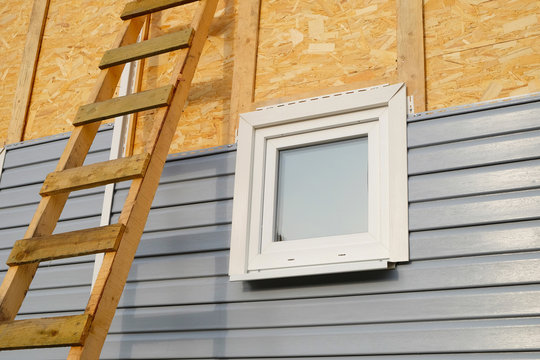
At Atlas Roofing & Restoration, we understand the importance of selecting high-quality materials to ensure your home’s durability and energy efficiency. Whether you’re building from scratch or upgrading your existing siding, our experts are here to guide you through the process. Contact us today to learn more about our comprehensive roofing and siding solutions.

